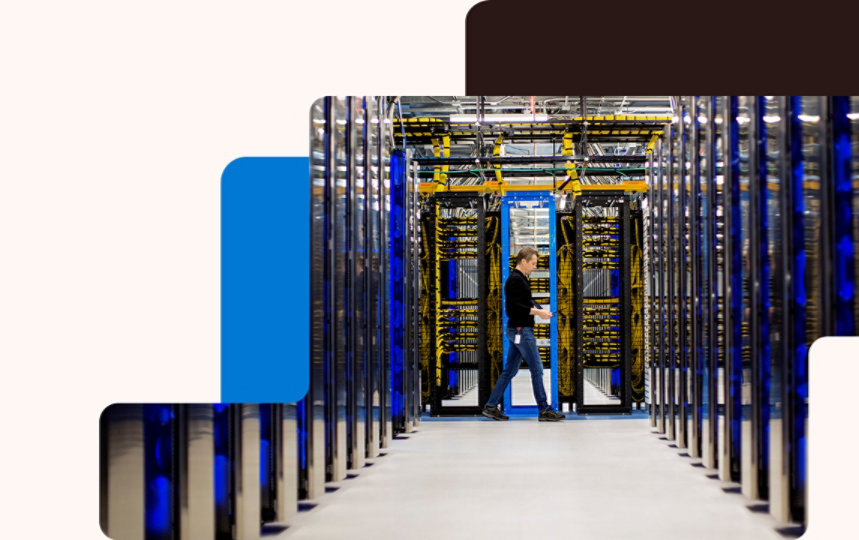Our commitments
In 2020, Microsoft committed to becoming carbon negative, water positive and zero waste by 2030 all while protecting more land than we use.
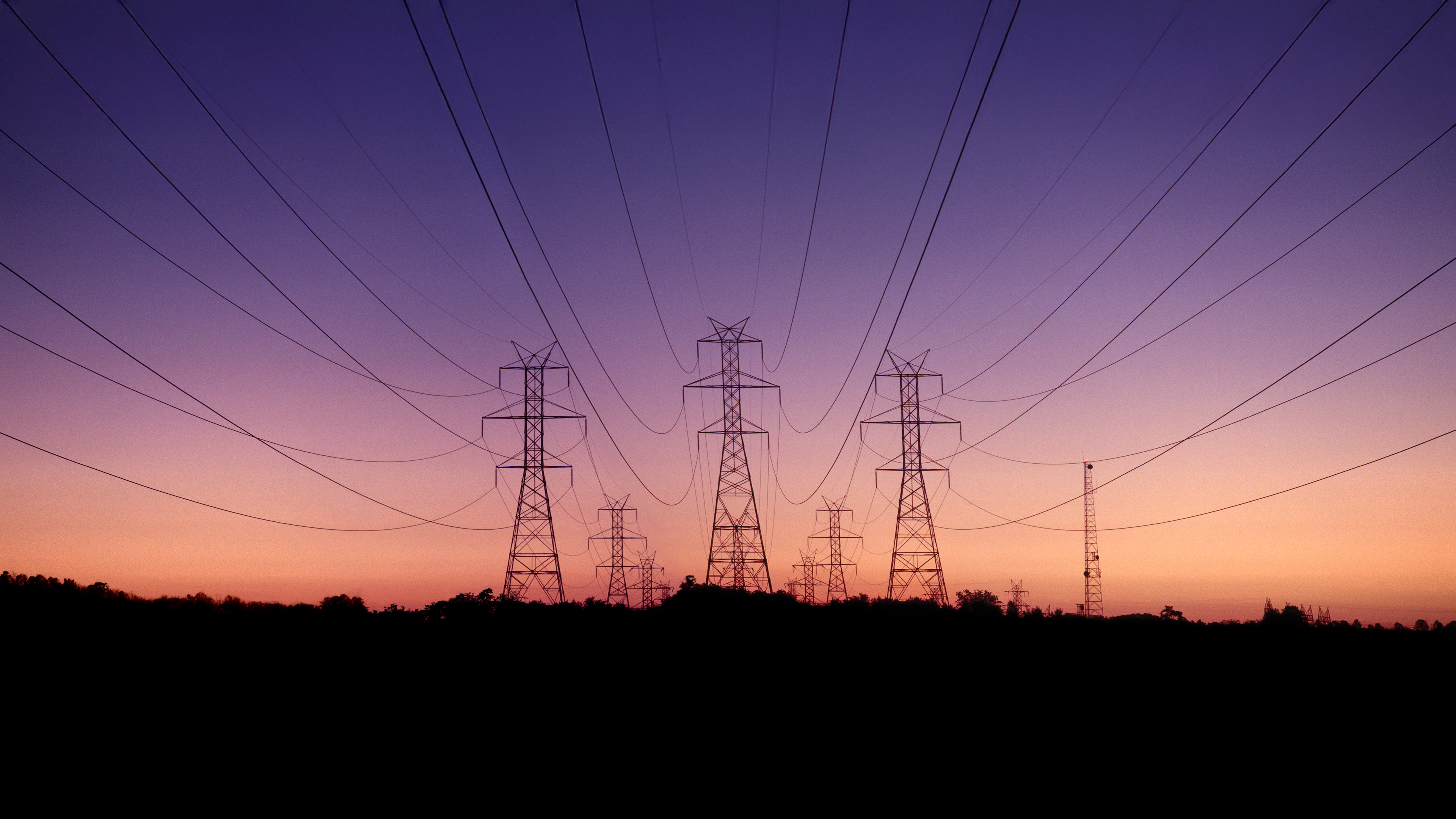
Carbon
We’re committed to becoming carbon negative by 2030 and by 2050 to remove from the atmosphere an equivalent amount of all the carbon dioxide our company has emitted either directly or by our electricity consumption since we were founded in 1975.
Carbon Removal
We’re on a mission to build the carbon dioxide removal (CDR) capacity that the world will need to help prevent the worst effects of climate change.
Carbon Reduction
Reducing the carbon intensity of our operations is a core pillar of our approach to being a carbon negative company. We procure low-carbon and virtual products seeking to support market development of yet to abate sectors and bringing low-carbon products and services to scale.
Carbon-free electricity
The ability of the technology sector to meet net zero targets is dependent on our collective ability to procure carbon-free electricity and decarbonize our supply chains. Microsoft continues to build and scale carbon-free electricity through our procurement of renewable energy and investing to bring more carbon-free electricity onto the grids where we operate.
Campus innovation
We’re innovating with thermal energy as part of our Redmond Campus Modernization project with the Thermal Energy Center.
Water
Microsoft is committed to becoming water positive by 2030. We continue to scale our efforts to reduce water use across our operations, while increasing procurement from alternative sources and investing in innovative replenishment and access projects.
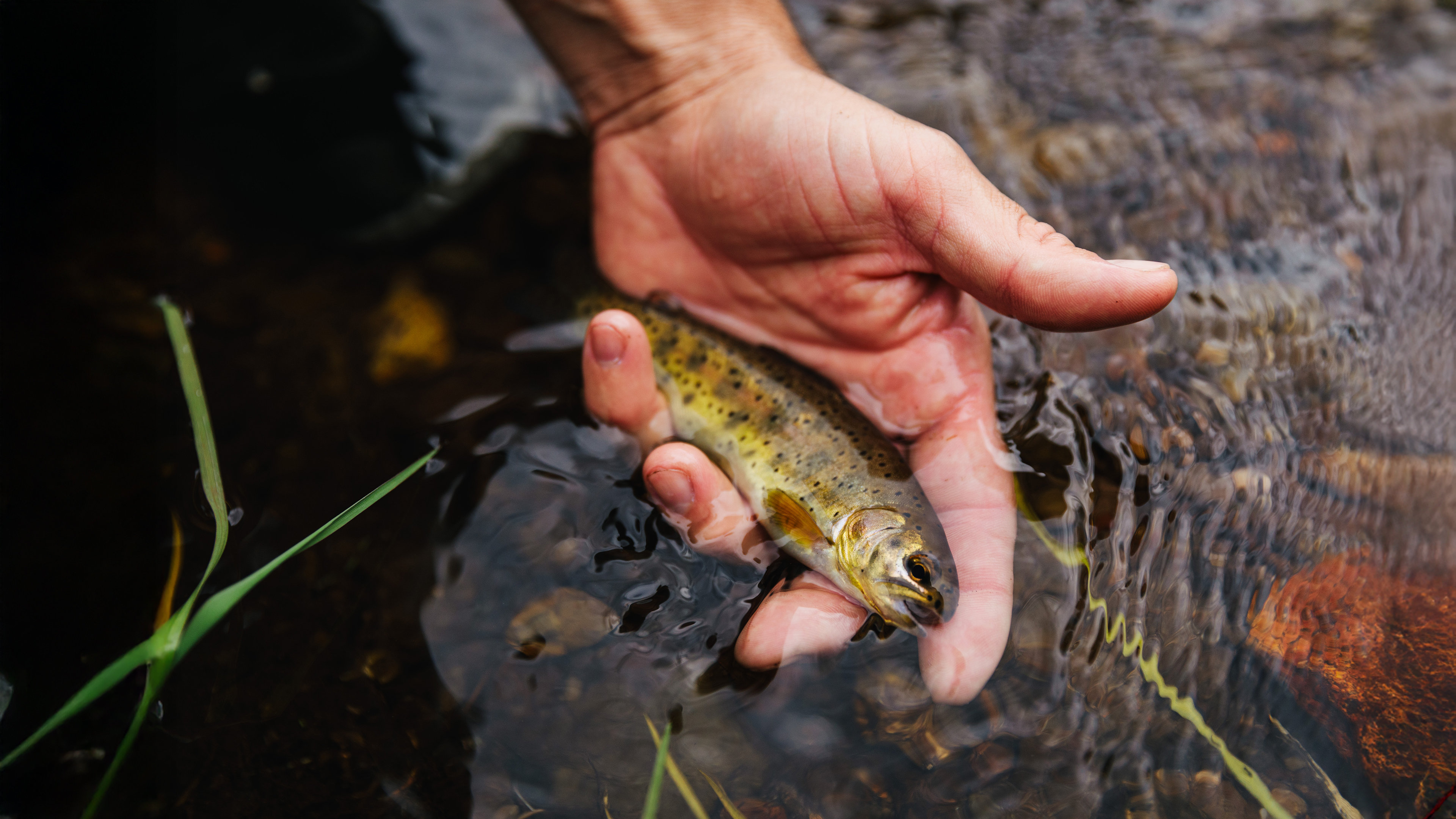
Getting to water positive
Getting to water positive goes beyond reducing water-use intensity and replenishing water sources; it’s also about providing people across the globe with access to water and sanitation services, engaging in public policy, and driving innovation.
Water replenishment
A key component of Microsoft’s water positive work is to replenish more water than we consume. As our replenishment program evolves, we’re sharing our learnings to support others in their journey.
Introducing new water data capabilities
The Microsoft Cloud for Sustainability water data model (preview) helps customers standardize water data for water sustainability use cases, providing a single source of truth through multi-source data acquisition.
Zero water for cooling
Beginning in August 2024, Microsoft launched a new datacenter design that consumes zero water for cooling.
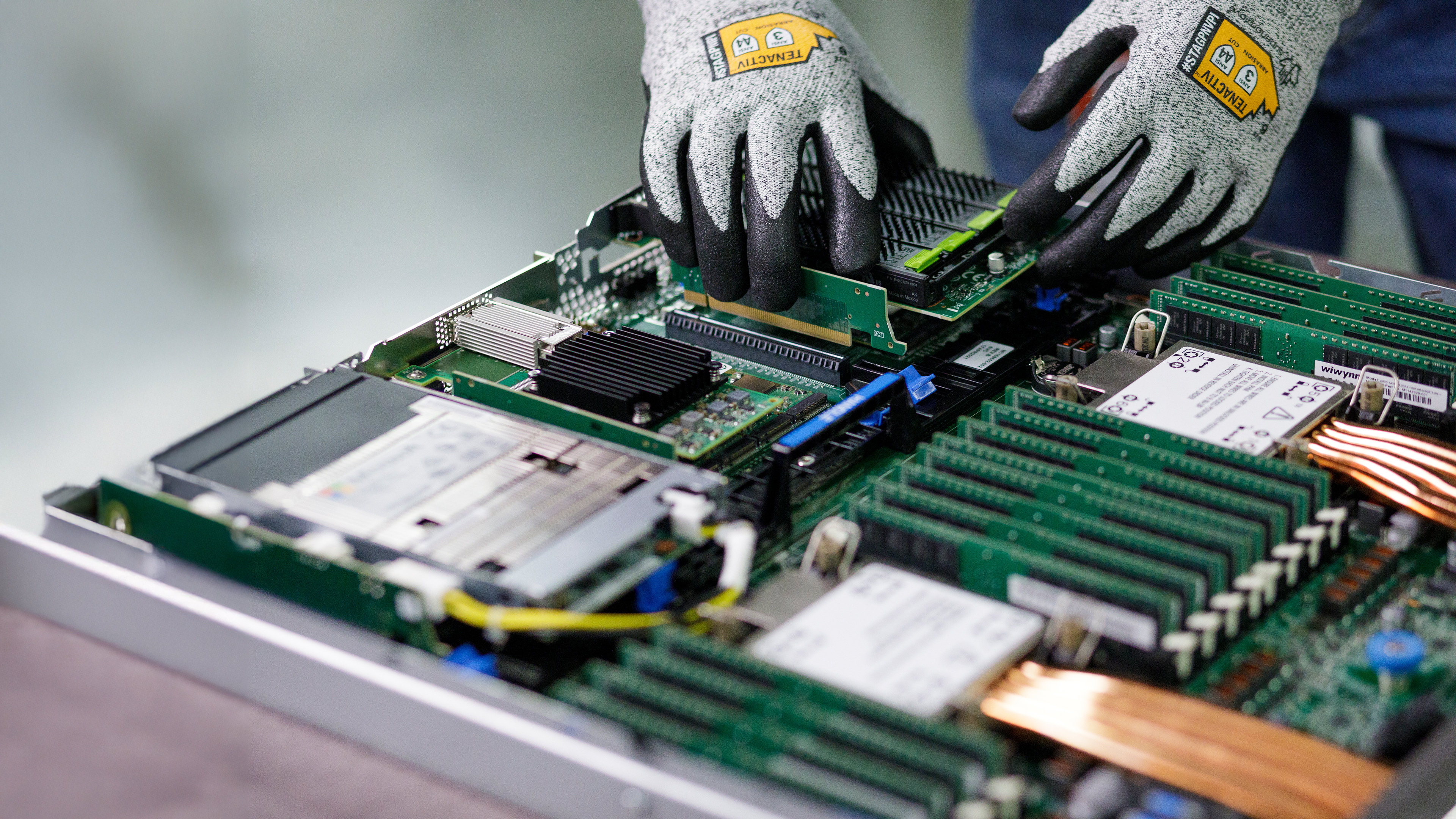
Waste
As a company that manufactures devices, builds campuses and datacenters, and uses manufactured goods in our operations, we’ve committed to responsibly design and source materials and are taking an increasingly circular approach to reach our target of zero waste by 2030.
Building a circular economy
Our transition to become a zero waste company is grounded in a three-part circular economy framework. It’s centered on preventing waste and strengthening supply chains by reducing, reusing, and recovering materials.
Circular Centers
At Microsoft, we’re building Circular Centers at our campuses to help improve our own materials management at all stages of our devices’ and products’ lifecycles.
Designing for repairability
Microsoft invests in this space and the findings will aid in our product design and plans for expanding device repair options for our customers that are safe, effective, and sustainable. Our latest Surface products feature a host of replaceable components.
Reducing packaging waste
Microsoft participated in the development of a cross-industry white paper on stretch wrap alternatives.
Ecosystems
We are committed to protecting more land than we use by 2025 and have exceeded our target of 11,900 by more than 30%. In addition to our land protection commitment, we also focus on improving biodiversity at our campuses and datacenters by conducting thorough ecological assessments prior to starting any new development.

Investing in nature
Nature is essential for people and the global economy, but those ecosystems are rapidly being degraded and lost. We’re exploring what’s needed to maximize the sustainability impact of corporate investments in nature to avoid escalating risks to society and the climate crisis.
Protecting natural habitats
Through the National Fish and Wildlife Foundation (NFWF) Western Big Game Migration Program, we invested in projects in the American West that are vital for preserving the migration corridors of endangered and at-risk species, including mountain lions, grizzly bears, and Canada lynx.
Improving biodiversity
As part of our Redmond campus modernization project, we’re including protections for local ecosystems such as green roofs, open space restoration, and heat island reduction. This is also the first Microsoft location in our portfolio to be certified Salmon Safe.
Monitoring ecosystems
We deployed our first on-campus Microsoft Premonition device to pilot ecological monitoring. Premonition is a biological weather station that lures, monitors, and samples invertebrate species to easily track ecosystem services, biodiversity, and disease transmission. This will allow us to measure the impact of ecological enhancement efforts over time.
"If the world is going to meet net zero goals by 2050, companies need to use their entire ecosystem and all of their positions of influence."
Brad Smith, Vice Chair and President
Science and research
The goals of our sustainability science and research programs are to help us achieve our own sustainability commitments, help our partners and customers achieve theirs, and catalyze solutions to key global sustainability problems.
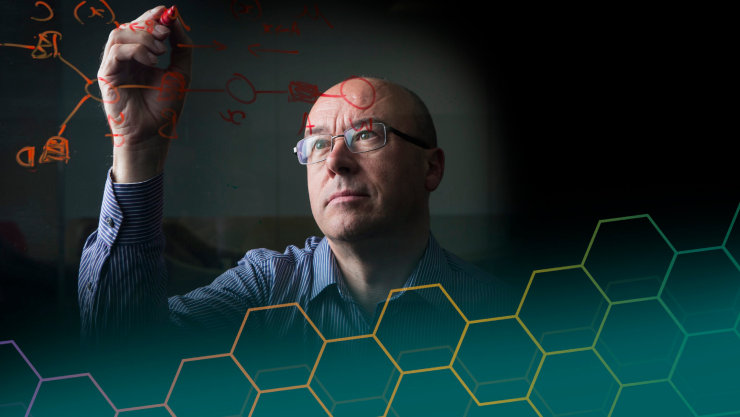
AI4Science
We use approaches from our global AI4Science team, launched in June 2022, to advance the state of the art in scientific discovery by using simulations of natural phenomena to produce training data for large-scale AI models.
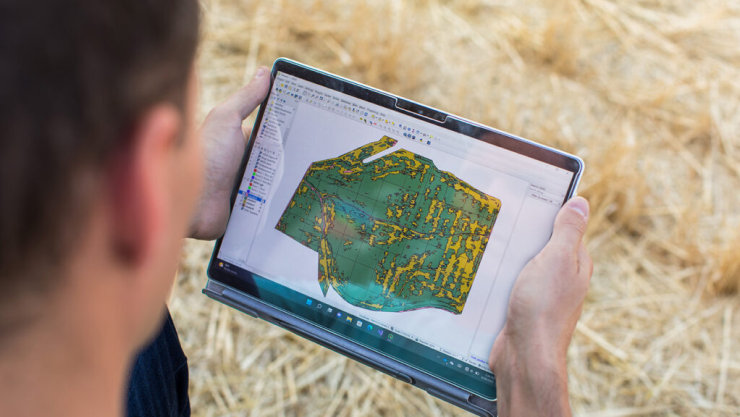
Research for Industry
Our Research for Industry (RFI) program uses our advanced data platforms and technologies for cloud and edge processing, Internet of Things (IoT) connectivity, robotics, and AI to contribute to new solutions in multiple industries, including agri-food, energy, retail, and financial services.

Climate Research Initiative
We’re advancing initiatives in sustainability by partnering with external experts in the field. This group of multi-disciplinary experts is crucial to catalyzing the work we’re doing to address today’s greatest societal challenges.
Latest resources

Accelerating sustainability with AI
At Microsoft, we believe the world needs AI that is broadly accessible and trustworthy. This also includes addressing the sustainability challenges associated with this technology. The five plays outlined in our AI and sustainability playbook reflect the targeted actions needed to unlock the full potential of AI for accelerating sustainability progress globally.
Charting a path forward for water replenishment
To address global water challenges, the replenishment market requires new ideas, technologies, players, and partnerships. We’re sharing our learnings as we continue to develop our water replenishment project portfolio.
Evolving carbon accounting
The world needs robust carbon data and accounting—the body of rules that govern tracking and reporting of carbon emissions. At Microsoft, we’re working to evolve our internal emissions accounting approach, focusing on achieving greater accuracy, consistency, completeness, transparency, and alignment with real-world emissions impact.
Lessons learned from carbon removal
The world needs to develop a pioneering carbon dioxide removal (CDR) market to be ready for deep decarbonization this century. Read Microsoft’s observations on what is ready and what is missing based on three years of diving deep on CDR.
Closing the Sustainability Skills Gap
Over 3,500 companies globally have issued climate pledges – however, many lack a workforce with the necessary skills to turn these pledges to progress. Our report shows the urgent need to develop a new level of sustainability skills and fluency – and how we aim to help support the transformation.

